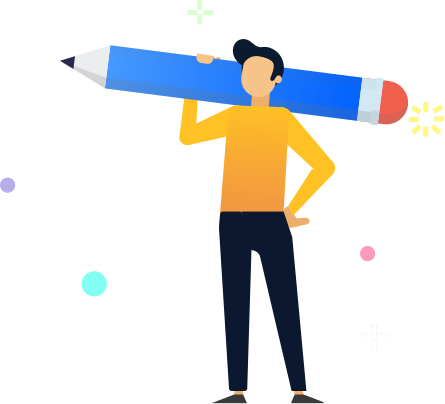Answer :
Given: equations are as follows:
y = √3 x + 1……(1)
y = 4 …….(2)
y = - √3 x + 2…….(3)
Assuming:
In triangle ABC, let equations (1), (2) and (3) represent the sides AB, BC and CA, respectively.
To prove:
Lines y = √3 x + 1, y = 4 and y = - √3 x + 2 form an equilateral triangle.
Explanation:
Solving (1) and (2):
x = √3 , y = 4
Thus, AB and BC intersect at B(√3,4)
Solving (1) and (3):
![]()
Thus, AB and CA intersect at A(![]() ,
,![]() )
)
Similarly, solving (2) and (3):
![]() , y = 4
, y = 4
Thus, BC and AC intersect at C(![]() ,4)
,4)
Now, we have:



Hence Proved, the given lines form an equilateral triangle
Rate this question :
How useful is this solution?
We strive to provide quality solutions. Please rate us to serve you better.
Try our Mini CourseMaster Important Topics in 7 DaysLearn from IITians, NITians, Doctors & Academic Experts view all courses
view all courses
Dedicated counsellor for each student
24X7 Doubt Resolution
Daily Report Card
Detailed Performance Evaluation


RELATED QUESTIONS :
Find the equation
RS Aggarwal - MathematicsFind the equation
RS Aggarwal - MathematicsFind the equation
RS Aggarwal - MathematicsFind the equation
RS Aggarwal - MathematicsFind the equation
RS Aggarwal - MathematicsFind the equation
RS Aggarwal - MathematicsFind the equation
RS Aggarwal - MathematicsFind the equation
RS Aggarwal - MathematicsFind the equation
RD Sharma - MathematicsFind the coordina
RD Sharma - Mathematics